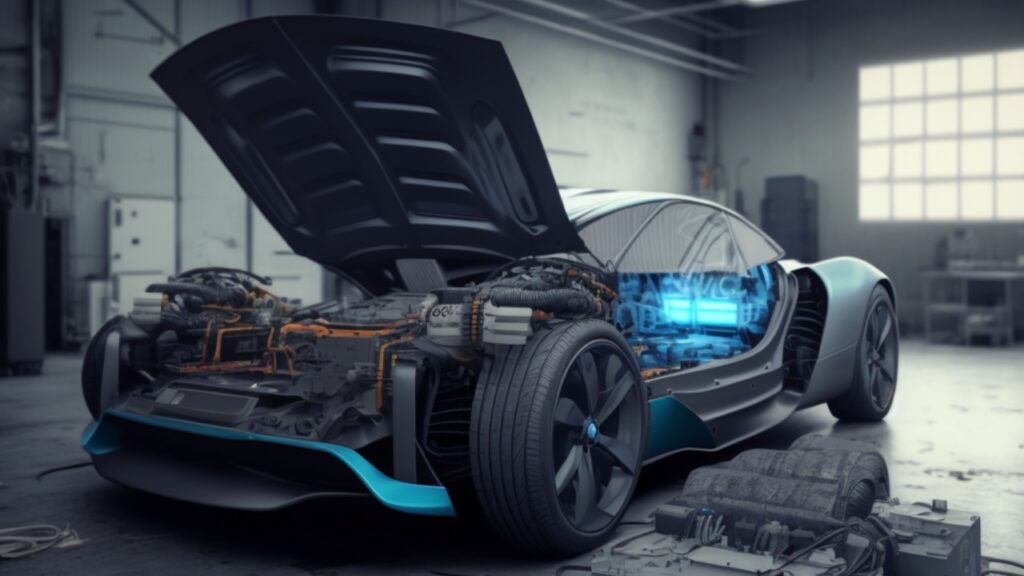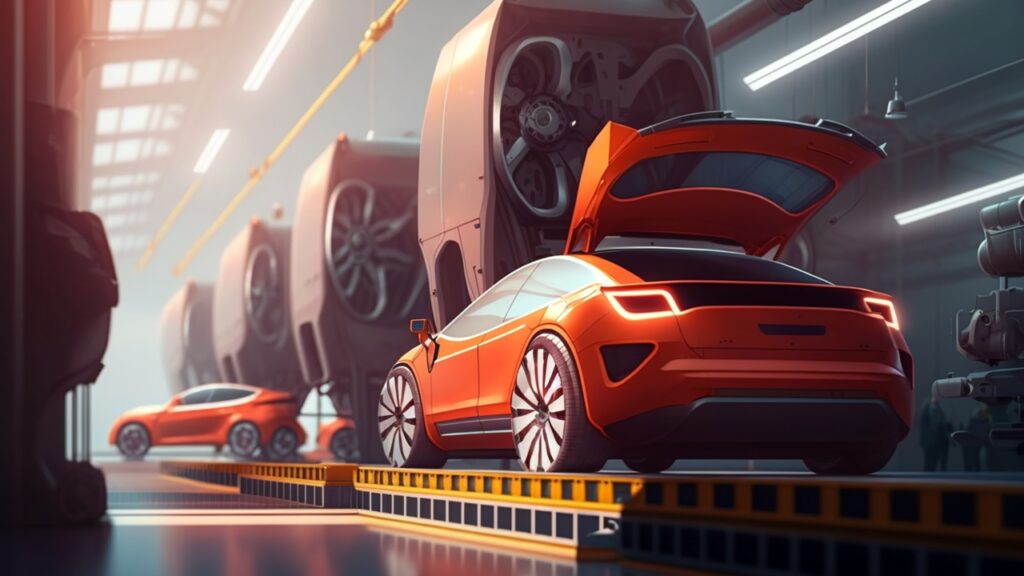Maintaining an electric vehicle can seem like a daunting task, but with a bit of know-how and the right tools, it’s entirely possible to DIY.
Maintenance Requirements of Electric Cars
Electric cars are a relatively new technology compared to their petrol and diesel counterparts, and many people wonder about the maintenance required for these vehicles. While electric cars have fewer moving parts, they still require some level of maintenance to keep them running smoothly. Understanding the specific needs of an electric car is important for ensuring its longevity and performance.
The Benefits of Fewer Moving Parts
One of the biggest benefits of owning an electric car is that they have fewer moving parts compared to traditional petrol or diesel engines. This means that there are fewer components that can break down or wear out, making electric cars more reliable and less prone to costly repairs. In addition, electric cars typically require less maintenance, which can be a big saving over the life of the vehicle.
Essential Maintenance for Your Electric Car
While electric cars require less maintenance than traditional petrol or diesel vehicles, they still require some attention to keep them running smoothly. Essential maintenance tasks for electric cars include checking tyre pressure, topping up the windshield washer fluid, and replacing brake pads as needed. It’s also important to regularly check the battery’s state of charge and ensure that the car is charging properly. Regular cleaning of the car’s exterior and interior is also important to maintain its appearance.

Taking care of your battery
It’s important to understand the basic components of an electric vehicle. There are several key components that make up the powertrain of an electric vehicle, including the battery, motor, and inverter. The battery is the heart of the electric vehicle and is responsible for storing and providing power to the motor. The motor converts the stored energy into motion, while the inverter controls the flow of energy between the battery and the motor.
To ensure that your electric vehicle is running smoothly, it’s important to keep an eye on the battery’s health. A good way to do this is to regularly check the battery’s state of charge (SOC) and ensure that it’s always between 20-80%. This will help prolong the life of your battery and ensure that it’s always ready to go when you need it.
Tyres
Another important aspect of maintaining an electric vehicle is checking the tyres. Electric vehicles have a lower centre of gravity and heavier weight than traditional cars. So, it’s important to check the tyre pressure regularly, especially when the temperature changes. Good tyre pressure for electric vehicles is around 30-35 PSI. Tyre care for electric vehicles is just as important as it is for traditional internal combustion engine vehicles. Regular tyre pressure checks are essential to prolong the life of your tyres and ensure optimal fuel efficiency.
Brakes
Maintaining your electric car’s brakes is important for ensuring your safety on the road. Electric vehicles typically have regenerative brakes which recharge the battery when the brakes are applied, reducing the wear and tear on the brake pads. However, it is still recommended to have your brakes inspected every 12,000 to 15,000 miles or annually to make sure they are in good working condition. If the brake pads do need to be replaced, this is typically a straightforward process., it’s important to check the brake pads. Electric vehicles have regenerative braking systems, which can extend the life of brake pads
Coolant
Coolant levels in an electric car are not as critical as they are in traditional internal combustion engines, but it is still important to monitor them regularly. The coolant in an electric car helps regulate the temperature of the high-voltage battery, so it’s important to make sure it’s at the correct level to prevent any damage to the battery or other electrical components. Regular inspections of your coolant levels are recommended, and topping up the coolant can be done by yourself or a technician.
Air Filter
Yes, electric cars have air filters. They are typically located in the same place as the air filter in a petrol-powered car, which is usually in the air intake system near the front of the vehicle. The air filter in an electric car helps to keep dust, debris, and other particles from entering the car’s electric motor and other components. It is important to regularly check and replace the air filter as needed to maintain the proper functioning of the vehicle. This should be replaced every 15,000 to 30,000 miles or so.

No Oil Changes Required
One of the biggest differences between electric cars and traditional petrol or diesel vehicles is that electric cars don’t require oil changes. This is because electric cars have no internal combustion engine, which means that there’s no oil that needs to be changed. This can be a significant cost saving over the life of the vehicle, and it also helps to reduce the environmental impact of car ownership.
The Importance of Regular Servicing
Just like any other vehicle, electric cars need to be serviced regularly to ensure their longevity and performance. Regular servicing helps to identify any potential problems before they become major issues, and it also helps to maintain the car’s battery life. Electric car manufacturers typically recommend that vehicles be serviced every 12,000 to 15,000 miles, or once every 2 years. However, the frequency of servicing can vary depending on the make and model of the car, so it’s important to consult the owner’s manual for specific recommendations.
